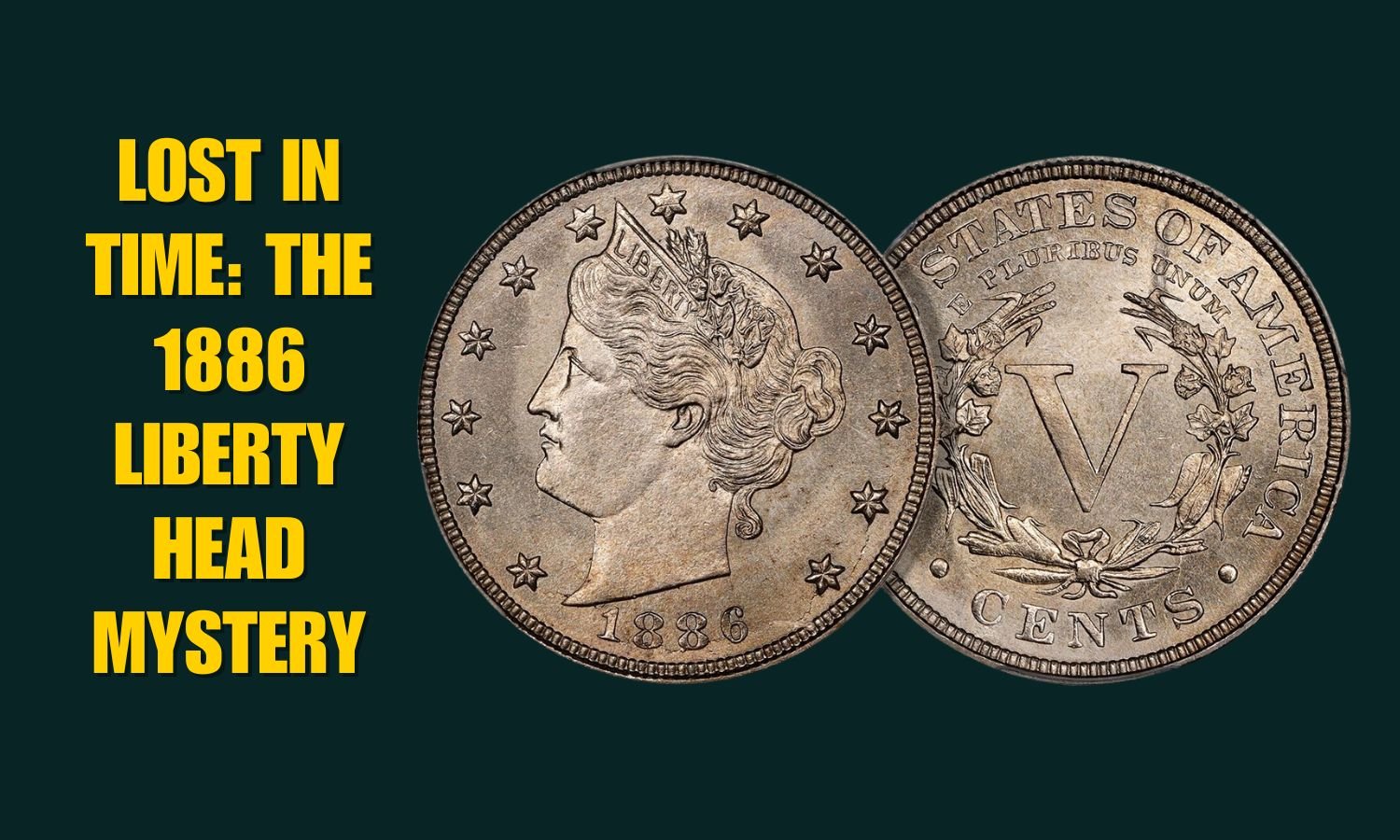America in 1886: A Country in Big Change
In 1886, the United States was going through huge changes. Grover Cleveland, a Democrat from New York, was president. He was the first Democrat in the White House since before the Civil War.
His win helped bring the divided Democratic Party back together. Northern Democrats stayed loyal to the Union during the war, but Southern Democrats had joined the Confederacy.
The Gilded Age and Political Battles
This time was called the Gilded Age. A few rich people had most of the money and power. Many people were poor.
Cleveland wanted to help regular people. He tried to lower high tariffs (taxes on imports), but Congress said no. Still, he worked to stop the spoils system, where jobs were given as rewards, not based on skill.
Big Court Decisions Changed Everything
Two major court rulings changed business and government forever.
The first was Wabash v. Illinois. It said only the federal government could control trade between states. This led to the Interstate Commerce Act in 1887 and created the first big federal agency, the Interstate Commerce Commission (ICC).
The second case was Santa Clara County v. Southern Pacific Railroad. The court said that corporations had the same rights as people under the 14th Amendment. This idea started the concept of corporate personhood.
Workers Fight Back: A Major Strike
In 1886, over 200,000 workers went on strike. They were angry at Jay Gould’s railroad companies.
The Great Southwest Railroad Strike turned violent. At least ten people died. Workers wanted better pay and fair treatment, but many strikes failed.
The Economy Was Recovering Slowly
From 1882 to 1885, the U.S. had a bad depression. Many factories and mines closed. About one million people lost their jobs.
By 1886, the economy was getting better. But rich people still controlled almost all the wealth. The top 1% had 99% of it.
A Rare Coin Is Born: The 1886 Liberty Head Nickel
During this tough time, the U.S. Mint stopped making five-cent coins for a while. The pause lasted from March 1885 to September 1886.
That’s why the 1886 Liberty Head Nickel is very rare today. Not many were made, and few were saved in perfect shape. Many had already been used by the time collectors wanted them.
Why This Coin Is So Rare and Valuable
Only 3,326,000 nickels were made in 1886. Most of them were used in daily life, so finding one in Mint State (MS) condition is hard.
Even in lower grades, this coin is still worth good money. The high-grade ones are treasures!
Here’s a quick look at the value in different grades:
| Grade | Value (USD) |
|---|---|
| MS 67 (Top Grade) | Up to $64,625 |
| MS 66 | $7,000 to $9,000 |
| MS 65 | $3,500 to $4,500 |
| MS 64 | $2,000 to $2,500 |
| MS 63 | $1,500 to $1,800 |
| AU 50–58 | $600 to $1,000 |
| VF 20 | $350 to $400 |
| EF 45 | $475 to $525 |
| F2 to G6 | $75 to $200 |
The Most Famous 1886 Nickels Ever Sold
Some of these coins have been auctioned for huge prices:
- PCGS MS67 sold for $64,625 in 2018.
- PCGS MS66+ CAC from the Rafferty Collection sold for $33,600.
- Other MS66 coins sold between $16,000 to $34,800.
These are rare coins with big history and even bigger price tags!
The Design: Simple, Powerful, Iconic
Obverse (Front)
The front shows Lady Liberty facing left. Her hair is tied in a bun with a crown that says LIBERTY. Around her are 13 stars, for the original 13 states. Below is the year 1886.
Reverse (Back)
The back shows a big V, which means five cents. Around it is a wreath made of American crops like wheat and corn. The word CENTS is under the wreath. At the top is UNITED STATES OF AMERICA and the motto E PLURIBUS UNUM (“Out of Many, One”).
Edge
The coin has a smooth edge—no lines or text.
The Man Behind the Coin: Charles E. Barber
Charles Barber designed the coin. He also created the Barber dime, quarter, and half dollar. He became the chief engraver at the U.S. Mint in 1879, after his father died.
His coin designs are now famous, and the 1886 Liberty Head Nickel is one of his most wanted.
Conclusion
The 1886 Liberty Head Nickel is more than just a coin. It’s a piece of American history. Born in a time of economic trouble, political change, and labor fights, this small coin holds a big story.
Its rarity and design make it a collector’s dream. If you ever find one, hold on tight—you might be holding a small fortune in your hands!
FAQs
Why is the 1886 Liberty Head Nickel rare?
Low mintage and few saved in high condition.
What is the top grade known?
MS 67 is the highest grade found.
How much is it worth in average condition?
Between $350 to $1,000.
Who designed the coin?
Charles E. Barber.
What does the “V” on the back mean?
It stands for five cents.
